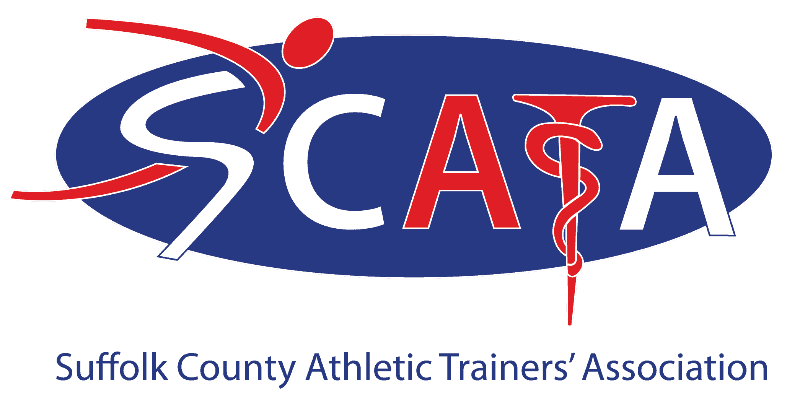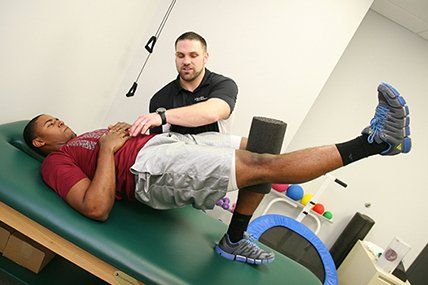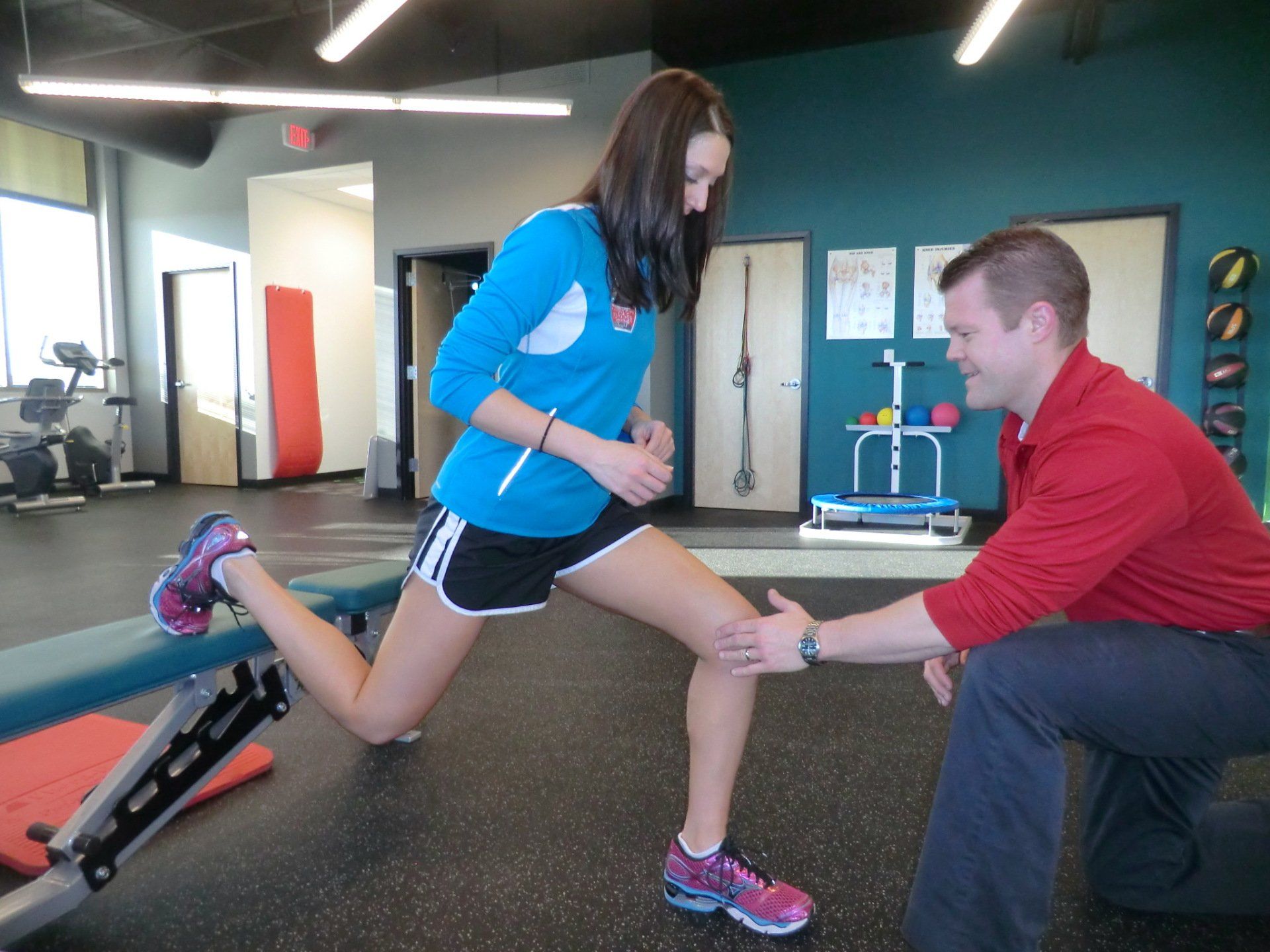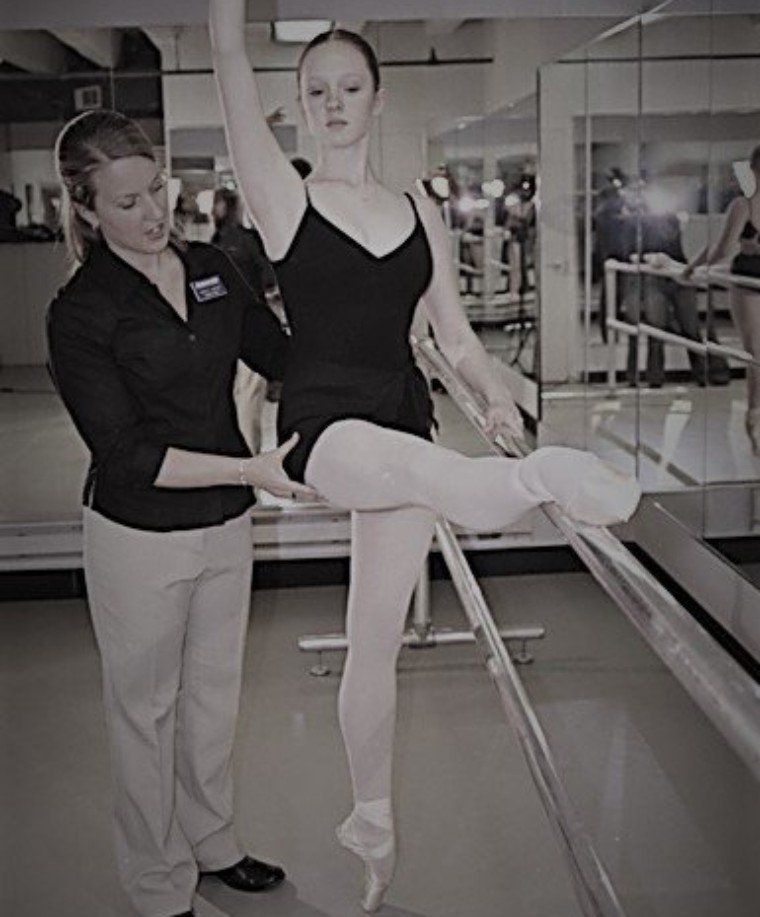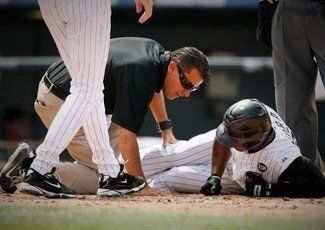Treatment & Rehabilitation
Therapeutic Interventions
Rehabilitating and reconditioning injuries, illnesses and general medical conditions with the
goal of achieving optimal activity level based on core concepts (i.e., knowledge and skillsets
fundamental to all aspects of therapeutic interventions) using the applications of therapeutic
exercise, modality devices and manual techniques
Restore & Optimize Performance
ATs routinely provide injury-prevention applications; however, when an injury or illness occurs, the AT’s additional
responsibilities include restoration of the patient to an optimal level. Achieving this goal requires that the athletic training
clinician has a solid knowledge base and has mastered a specific skill set. Some examples of these abilities include
examination; assessment; communication; knowledge of injury and common surgical techniques; application of currently
acceptable techniques; and planning for and progressing the patient in a treatment, rehabilitation and reconditioning program
that achieves the goal of optimal patient restoration.
ATs select specific treatment applications based on current evidence of efficacy and benefit, healthcare practice standards
and rationale founded on evidence-based concepts. The AT possesses knowledge of manual techniques and orthotic
devices, as well as knowledge of the theoretical and evidence-based findings regarding their principles, applications and
physiological effects on the various body systems. Within the Therapeutic Intervention domain lie a number of task categories
that are integral segments of knowledge and skills involved in returning an injured patient to full, optimal function.
Enhancing the Sports Medicine Team: Developing Plans of Care
ATs possess knowledge of the pathophysiology of systemic illness, communicable diseases, infections and general medical
pathology. Furthermore, ATs are able to differentiate pathophysiology from normal physiological function and are aware of
appropriate referral and treatments for optimal treatment outcomes for these conditions.
Working within their state’s practice act and BOC Standards of Professional Practice, ATs provide services to patients under the direction of or in collaboration with a physician. ATs are aware of the legal boundaries of these practice regulations and are bound to honor them. The AT provides regular and pertinent communication with the prescribing physician and other healthcare professionals who are involved in the patient’s care. The AT examines and assesses the patient to develop a plan of care. This plan of care includes the implementation and use of currently-accepted treatment techniques, practices and procedures to achieve short- and long-term goals that have been developed as part of the treatment plan. Protection from additional insult and appropriate steps toward optimal recovery are included in the AT’s plan and execution of care.
Other Domains of Practice
Injury Assessment
Title or short description
